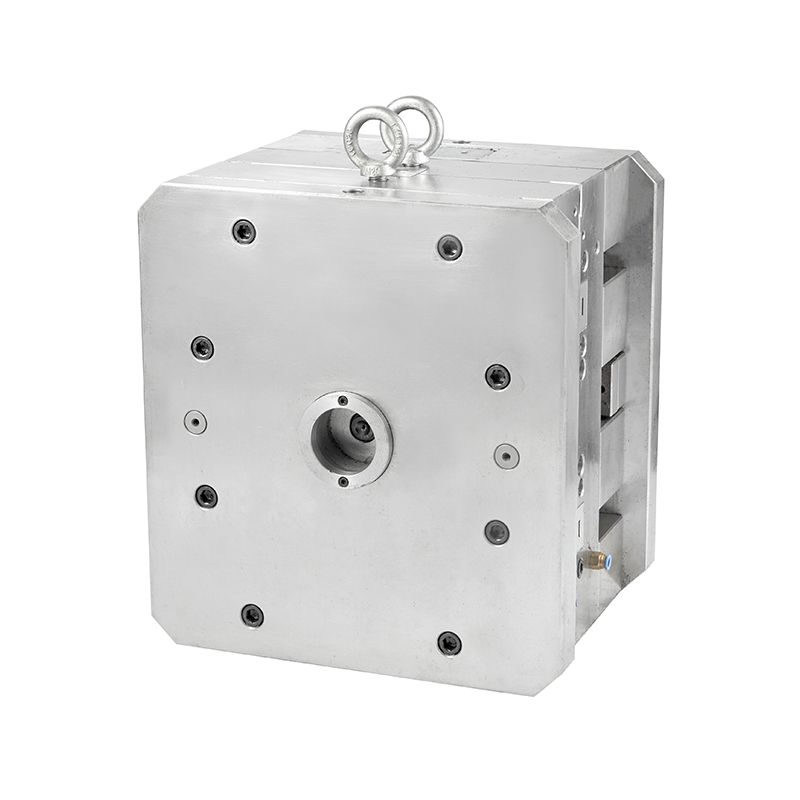 2025.05.16
2025.05.16
 News
News
Plastic precision molds are an essential component of the injection molding process, widely used in the production of intricate plastic parts across various industries. As with any tool or machinery, the lifespan of plastic precision molds is a critical factor that influences production costs, efficiency, and product quality. A longer mold life reduces downtime, maintenance costs, and the frequency of mold replacements, ultimately contributing to more cost-effective and efficient manufacturing. To achieve these benefits, manufacturers must employ specific strategies during the design, manufacturing, and operational phases of the molding process.

Material Selection
One of the significant factors that influence the durability of plastic precision molds is the choice of material. The mold's material must be able to withstand the high temperatures, pressure, and mechanical stress that occur during the injection molding process. Common materials used for making high-quality molds include tool steels such as P20, H13, and S7. These materials are known for their hardness, strength, and resistance to wear and heat, making them ideal for molding applications that require long-term performance.
Advanced coatings and surface treatments can also be applied to plastic precision molds to enhance their durability. Coatings such as nitriding, chromium plating, or physical vapor deposition (PVD) improve the mold's resistance to corrosion, wear, and high-temperature degradation. By selecting appropriate materials and coatings, manufacturers can significantly extend the life of plastic precision molds and ensure consistent performance throughout their operational life.
Precision in Design
The design phase of a mold is critical for its overall lifespan. Plastic precision molds must be designed to handle the specific stresses they will face during the injection molding process. This requires not only a focus on dimensional accuracy but also a consideration of factors such as heat distribution, cooling channels, and part ejection mechanisms.
In particular, efficient cooling channels are essential for reducing thermal stress and ensuring uniform temperature distribution throughout the mold. Poorly designed cooling systems can hotspots, which may cause warping, cracking, or other forms of damage to the mold. Properly designed and placed cooling channels help maintain a consistent temperature during the molding process, reducing the risk of mold damage and improving the efficiency of the production cycle.
Additionally, designing for easy maintenance and repair is an important aspect of mold life extension. Incorporating modular components and providing easy access to areas prone to wear and tear can reduce the time and cost associated with maintenance and repairs. The design should prioritize durability while complexity, which helps prevent premature damage.
Surface Treatment and Coating
In addition to material selection, applying surface treatments or coatings to the plastic precision molds plays a crucial role in extending their life. These treatments can improve wear resistance, corrosion resistance, and overall mold performance. For example, hard chrome plating is commonly used to improve the hardness and smoothness of mold surfaces. This reduces friction during the molding process and prevents wear, a longer mold life.
Another popular treatment is nitriding, which increases the surface hardness of the mold and enhances its resistance to abrasion. Nitriding also improves the mold's ability to withstand the heat generated during the injection process, making it ideal for high-performance applications.
Another option is physical vapor deposition (PVD), which creates a thin, hard coating on the mold's surface that provides both wear resistance and thermal stability. PVD coatings are highly effective in preventing corrosion and maintaining the integrity of the mold under conditions.